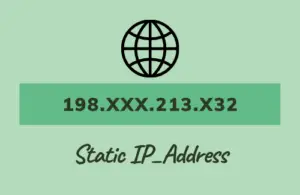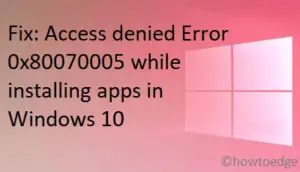It often occurs that a few programs suddenly stop responding or working on Windows 11 or 10 PCs. This problem occurs primarily due to some missing or corrupted DLL or ActiveX files. When this situation arises, no matter how many times you try restarting your PC, the concerned app will not start. If you are struggling with such an issue on your device, you should unregister and then re-register corrupt DLL or OCX files in Windows.

There are several tools available online that may solve this problem of yours. However, we trust the Regsvr32 tool the most, and we are going to explain how you may use this tool on your computer.
Regsvr32 tool is a command-line utility program that you may employ to unregister and re-register DLL or OCX files.
Note: Before you run any command listed in this tutorial, make sure to create a system restore point. You may use this backup in case something ill pops in during the process.
How to unregister DLL or OCX Files in Windows 11/10
If you want to unregister all DLL files on your PC, do the following –
- Press WinKey + R.
- When the Run dialog opens up, type “CMD” and press Ctrl + Shift + Enter altogether.
- Doing so will invoke the Command Prompt having administrative privileges.
- On the elevated console, copy/paste the code below, and hit Enter –
regsvr32 /u "path & filename of dll or ocx"
This will unregister all DLL as well as OCX files on your Windows 10 or 11 PC.
How to register DLL or OCX Files in Windows
To register DLL files in Windows 11/10, do the following –
- Open Command Prompt as administrator.
- Type the following and press Enter –
regsvr32 "path & filename of dll or ocx"
Note: If your device already contains some DLL files and want to re-register them, execute the below code instead –
for %1 in (*.dll) do regsvr32 /s %1
Unregister or Re-register DLL or OCX files using Third-party tools
In case you are not comfortable running codes on the Command Prompt, dozens of programs can do it on your behalf. All you require is to download and install them on your computer. A few examples are –
- Rootreg
- Register/Unregister DLL/OCX utility
- RegDllView
I hope this post helps you to address the missing DLL or OCX files on your computer.




